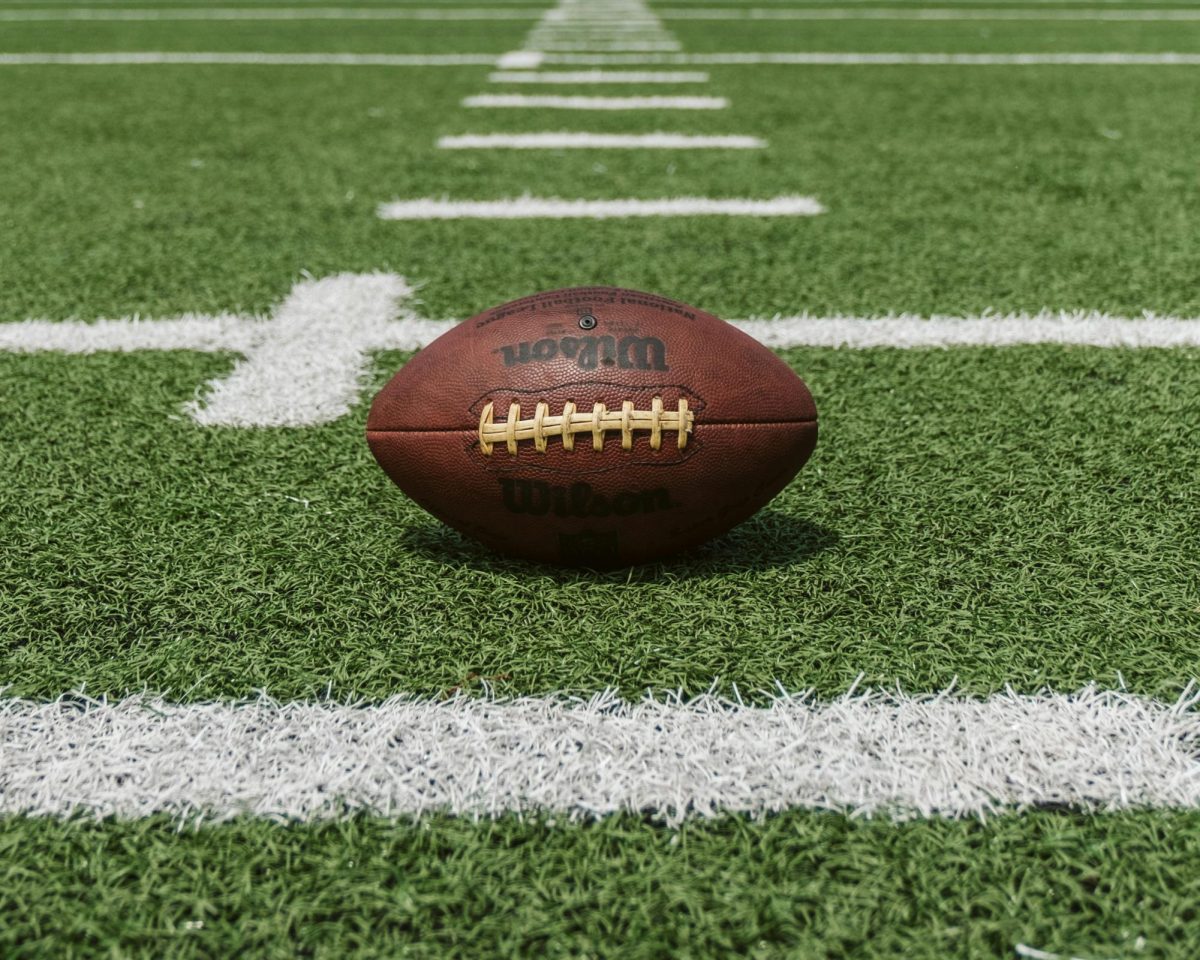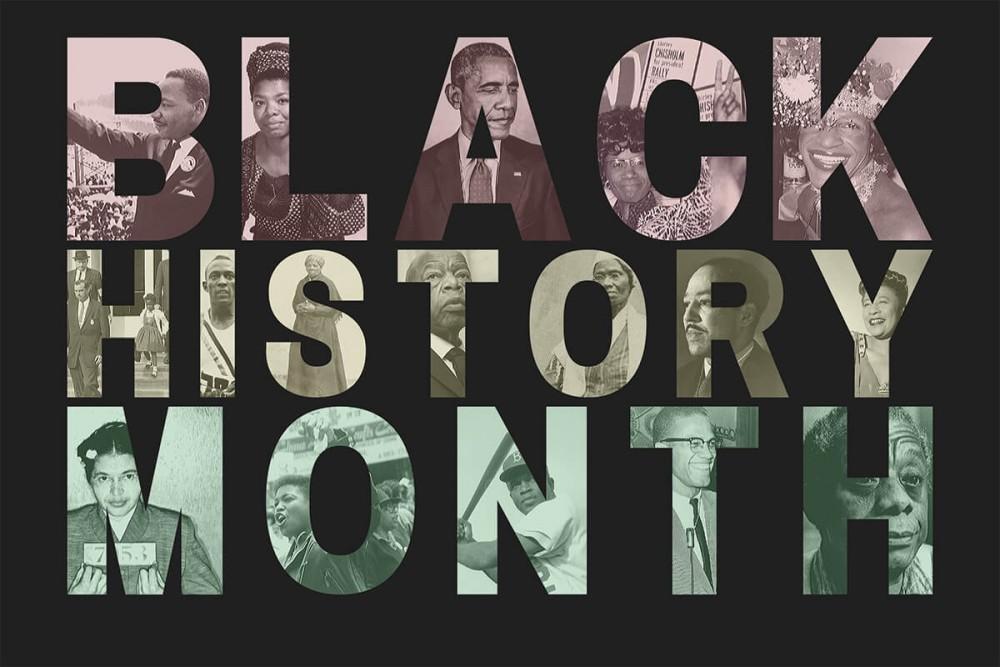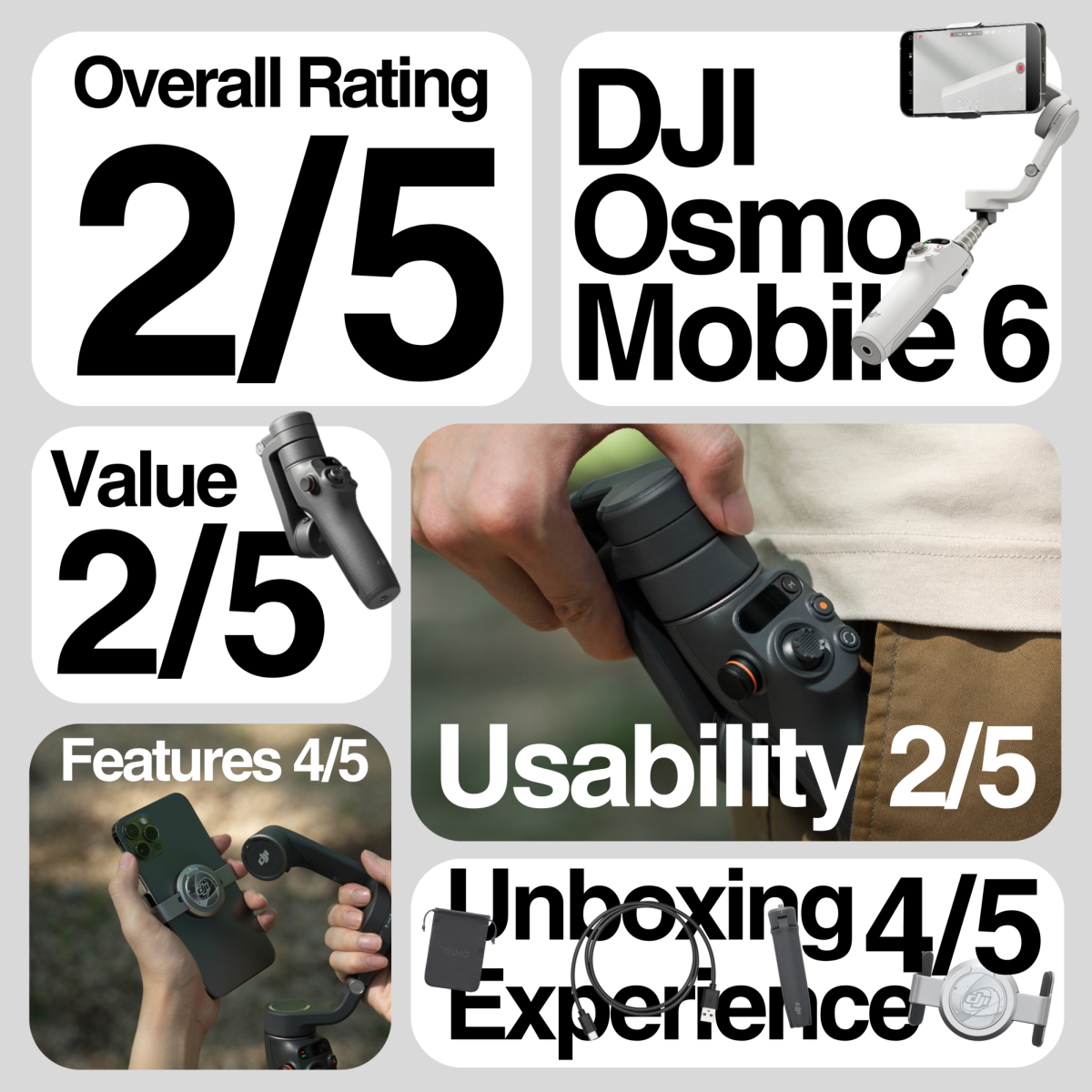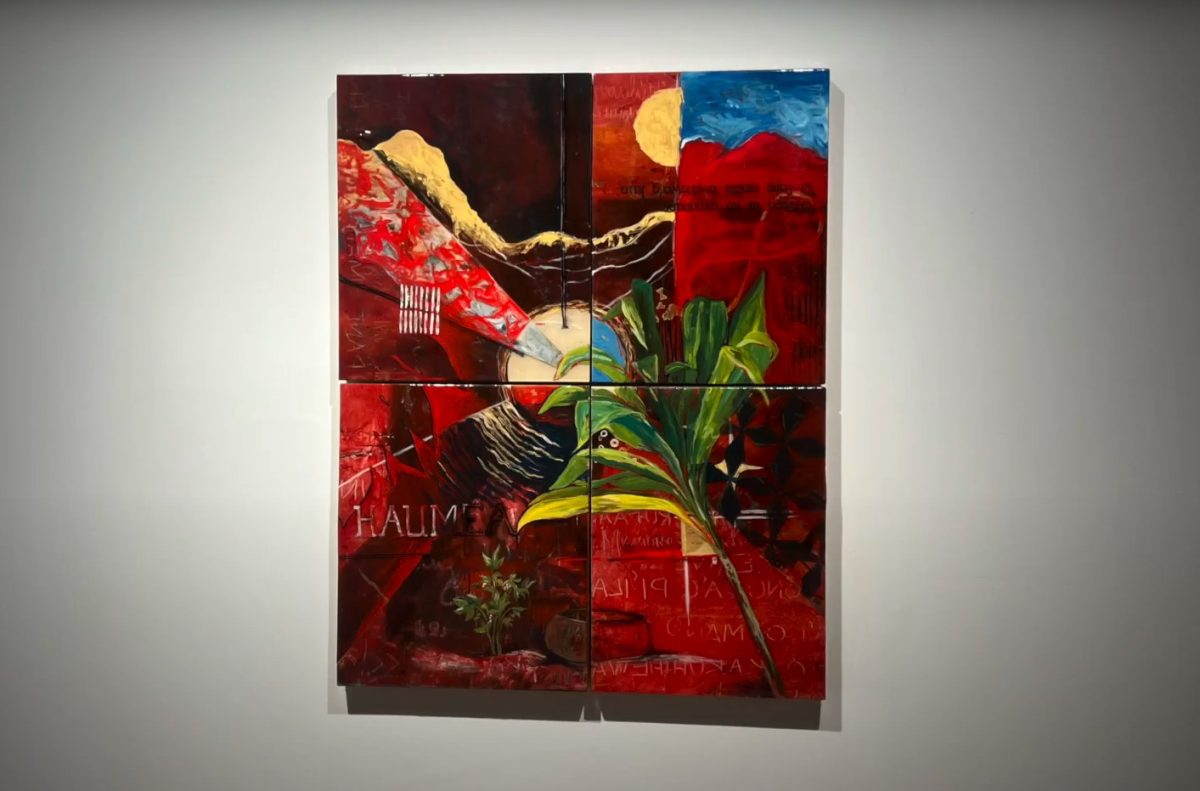College football is a sport built on traditions, and whenever there is a little change, youʻll hear about it from the coaches, to the players and to the fans. For decades, the most controversial idea debated was the ability for players to be paid, whether it be from their likeness or from the universities themselves.
The college football landscape has seen major changes across the nation stemming from the Supreme Court’s decision to allow student-athletes to make money off of their name, image and likeness (NIL). But with the addition of multiple rule changes to the transfer portal, where college athletes transfer from school to school, the combination of the two rules has caused irreparable damage across college athletics.
“It used to be like, you got to have good facilities, and all those kinds of things,” UH Athletic Director Craig Angelos said. “Now, the number one focus is on what’s your NIL, what’s your collective, where (student-athletes) can get paid, that’s their number one thing.” Angelos discussed fan collectives, fundraising groups generated by fan funds popularized all throughout the country. These collectives are used to offer student athletes money to entice them from the transfer portal – or even to enter the portal – with the highest bid possible.
In Hawaiʻi, the two fan collectives are the Downtown Athletic Club headed by Keith Amemiya and Rainbow NIL headed by Mike Kawazoe of the Kawazoe Group. Kawazoe is a known booster for the University of Hawaiʻi, where he’s often contributed to the NIL deal for incoming and current University of Hawaiʻi athletes. And like most things for Hawaiʻi Athletics, Hawaiʻi is falling behind their peers on the mainland.
Just about a year after launching, Kawazoe is working uphill to garner attention to the fan collective from fans, but seeʻs a budding relationship this summer with UH. “Itʻs been a struggle… We’re working on some things with the university now, I would say by the summertime you’ll have some email to give some indication that if you’re looking to help out, this is the way to go,” Kawazoe said. “I’m cautiously optimistic that we’ll be able to compete and be able to retain and attract talent to Hawaiʻi.”
Weʻve seen in the past Hawaiʻi be a destination for players from the transfer portal regardless of the record of the program. Hawaiʻi football has seen players from high-tier programs such as Georgia, USC, Kansas and Washington come in and be immediate contributors. And not only have they performed amazingly, the team’s been able to retain their talent.
One of those talents include starting cornerback Cam Stone, who joined the team via the transfer portal from Wyoming. Stone is considered one of a couple NFL talents from the Rainbow Warriors, so the money must’ve been coming in for such an exciting player right?
“When I first got here, I got nothing,” Stone said. “Which is very understandable, considering I haven’t played down here yet. But as the season went on, maybe eight [businesses] reached out, at most.”
For most players across the country, especially those in mid-major athletic programs like Hawaiʻi, it’s a popularity contest on whether or not you see NIL money rolling in for you. One of the most popular players on the team, big defensive tackle Daniel “Sauce” Williams, had a similar slow start to his NIL portfolio in Hawaiʻi.
Of course, when everyone starts making some money, it isn’t uncommon for players to compare themselves, thus beginning some drama in the locker room where some players may not feel as appreciated as others despite great performances.
But for the Hawai’i football program, that drama seems to be nonexistent.
“I haven’t seen any drama in the locker room, at least from where I’ve been,” Stone said. “If someone does get an NIL deal, if anything we applaud them, it’s a great thing, it benefits you in every way.”
The closest drama the “Braddahhood” saw this season was when starting quarterback Brayden Schager entered the portal in December. When Schager re-joined the team after a week in the portal, he cited “people” in his ear that misled him and he was committed to Hawaiʻi for his senior season.
“The retention that we have had is truly amazing,” Kawazoe said. “It speaks to the coaches, speaks to the culture, it speaks to their love for Hawaiʻi… We’ve done a good job so far, but that’s not going to last forever.”
Kawazoe is pushing for more companies to help sponsor athletes like how HawaiʻiUSA Federal Credit Union sponsored eight UH student-athletes this year, after sponsoring six the year prior. There’s interest in these student athletes, and Kawazoe is calling for UH fans to start getting involved.
“If we can get a thousand people to contribute $100 a month to a collective, that’s $1.2 million a year,” Kawazoe said. “I think we can get there. I’m optimistic from the conversations I have, we ‘re just waiting on some help from the university for direction because I don’t want to overstep and I want to be lockstep with these guys and communicate with them.”
The fun part about college football these days, it moves fast. Virginia governor Glenn Youngkin signed into law that bypasses an NCAA rule that prevents schools from paying athletes under NIL guidelines. All while Dartmouth student-athletes were looking to unionize earlier this spring, and now there’s news about the University of Alabama at Birmingham – the Blazers, not the Crimson Tide – becoming the first full team to join a players association.
As fast as immediate transfers, NIL and wild seven-figure deals became normal, what’s looking normal is the supersonic speed that college football is moving in.
Categories:
College Football and NIL continue to evolve by the month
More SCOTUS rulings gives more freedom to student athletes, what’s next for UH Athletics?
May 6, 2024







